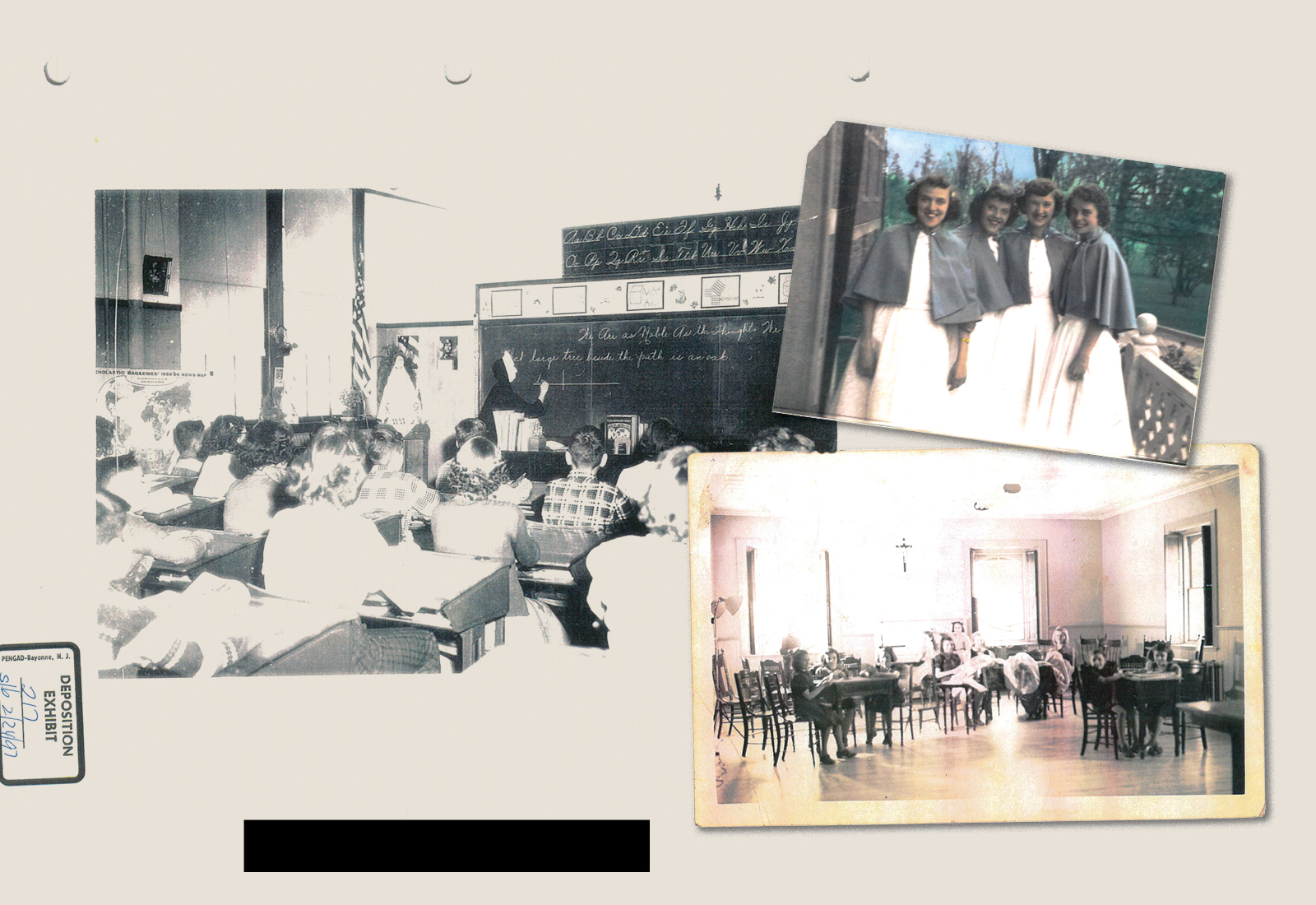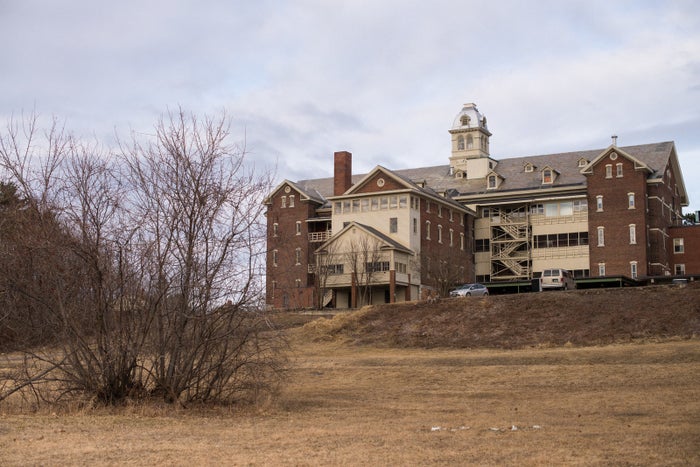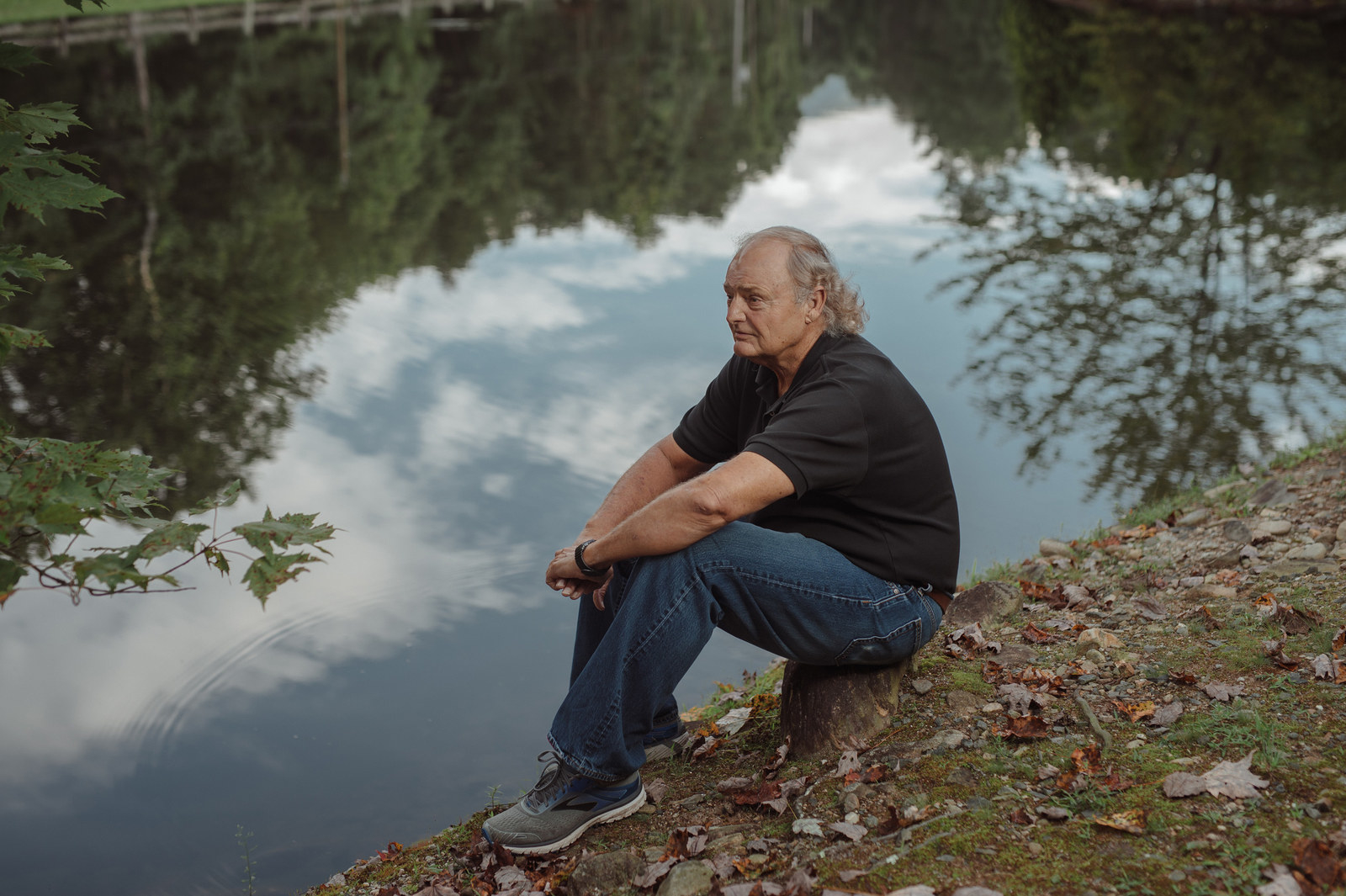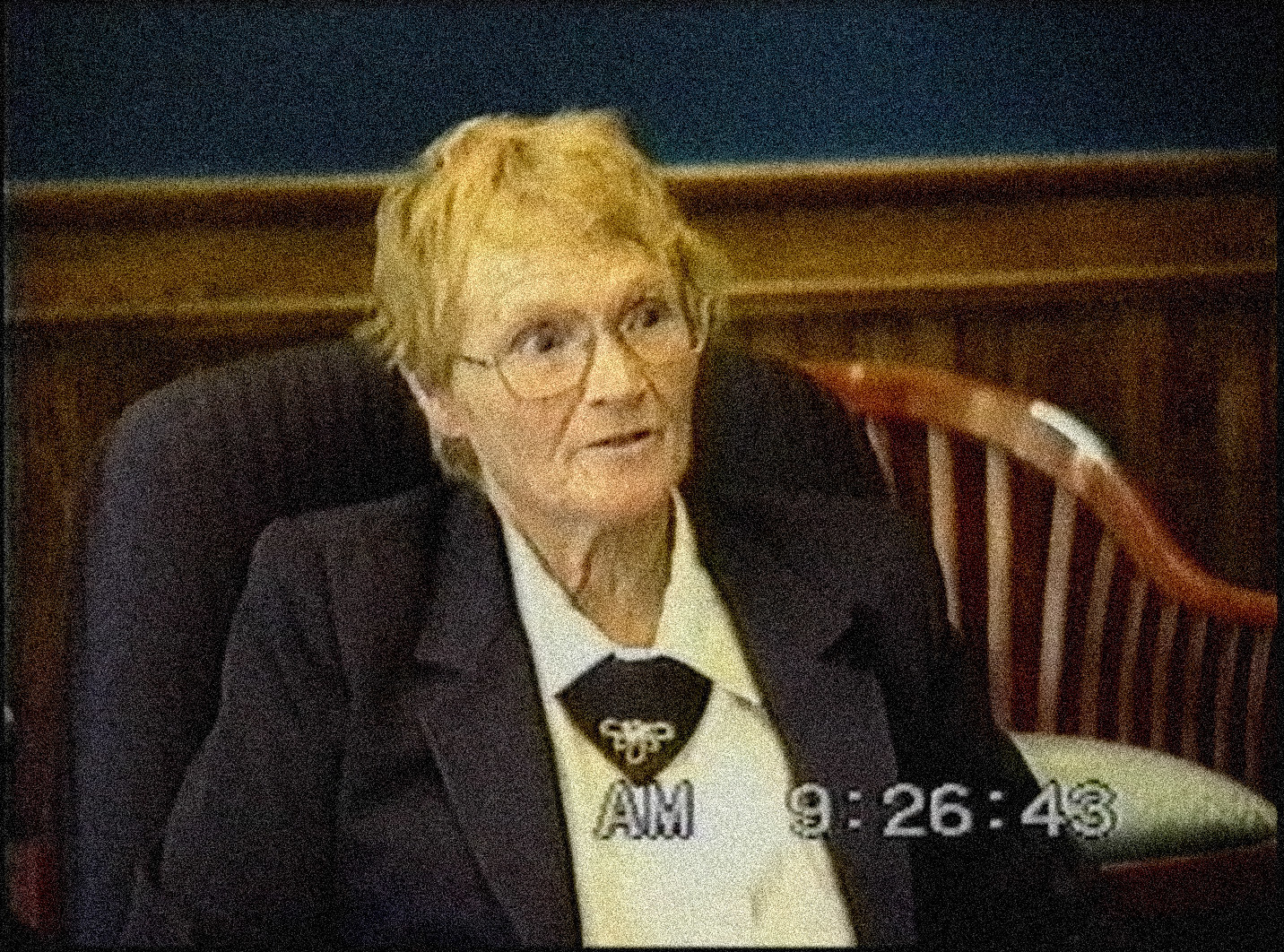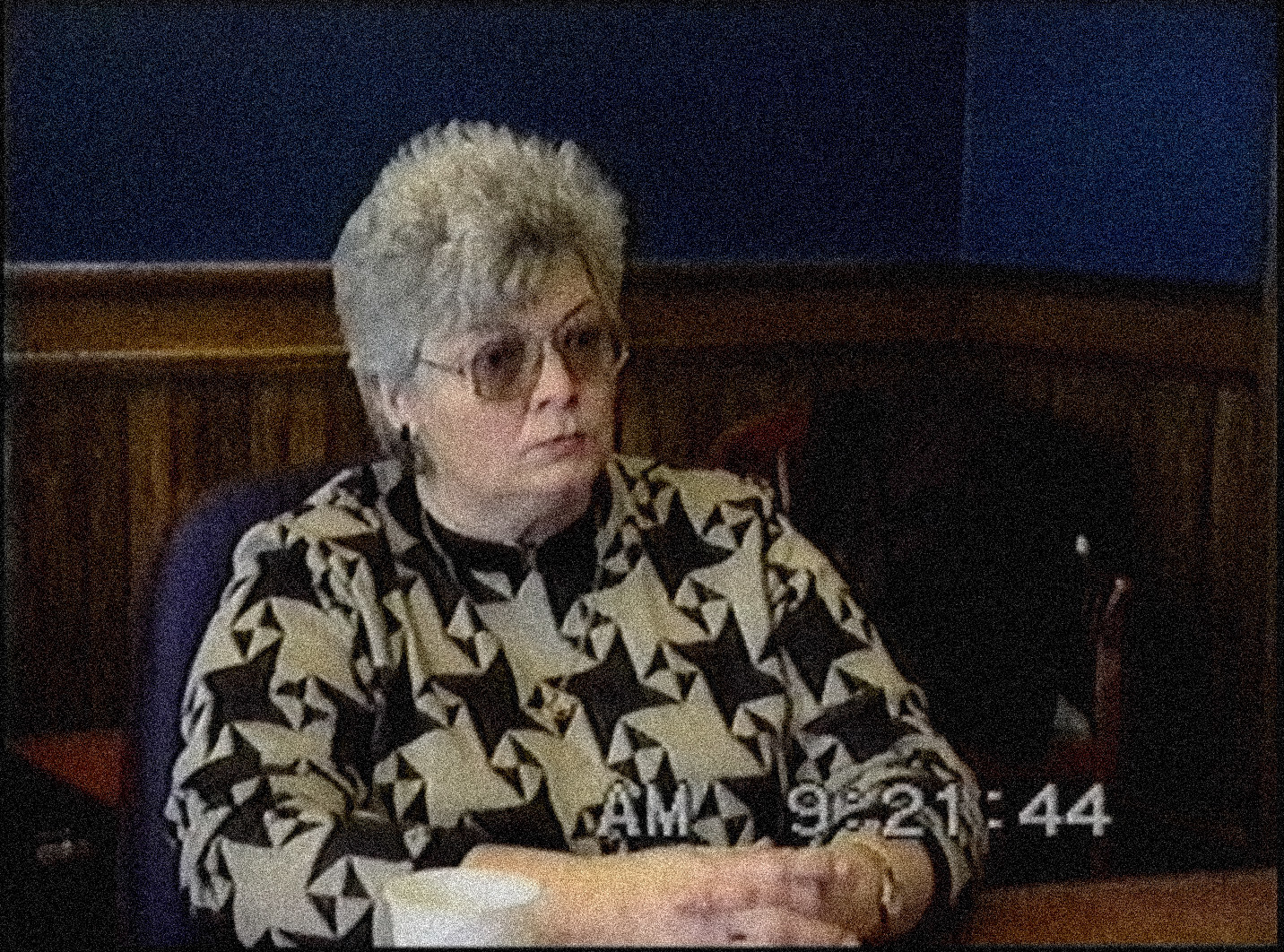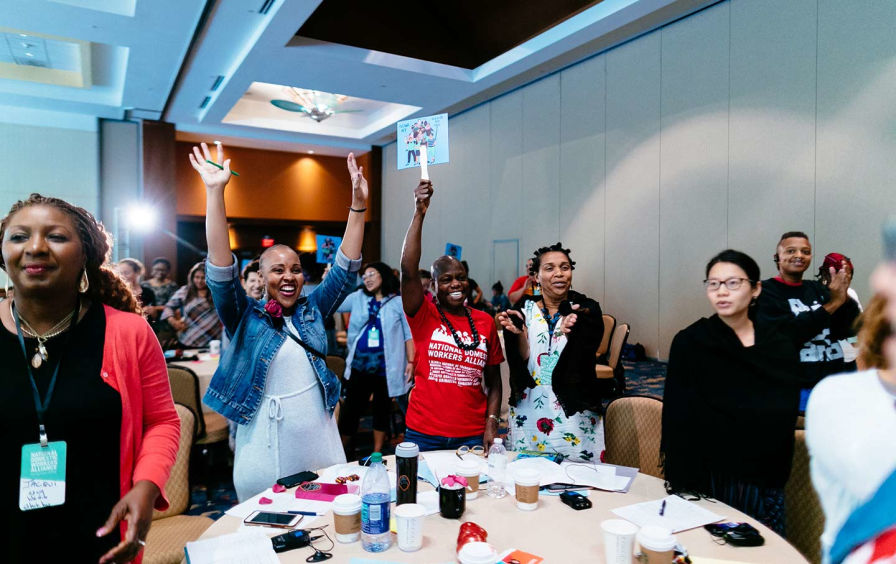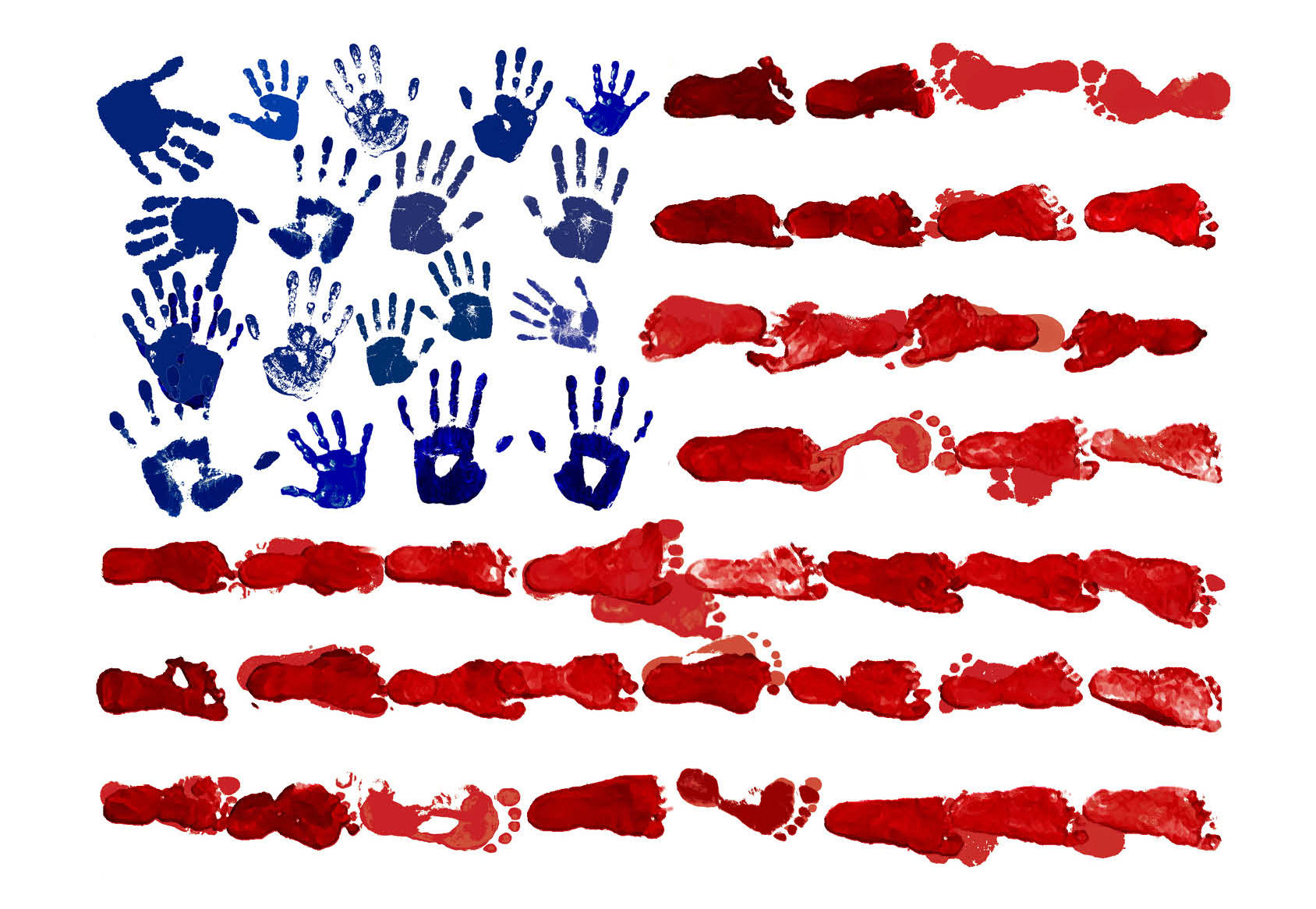J.T. Fey | Watertown Public Opinion
Lorraine Rousseau still has concerns.
Myrna Thompson, Sisseton Wahpeton Oyate secretary, said in a news release issued by the tribe Friday that protection of tribal children is a duty that’s taken very seriously.
“We are consistent in our efforts to support the Child Protection Program in their mission to protect children, and to reunify and strengthen families. I can assure you that we have been revising our policies and procedures, and updating Chapter 38 — Juvenile Code, to ensure that it is still relevant and effective to meet our community needs,” she said in the release.
That is on the heels of a late August protest in Sisseton during which Rousseau and others expressed concerns about what they see as inconsistent procedures for cases in which children are removed from parental custody.
Rousseau is one of the leaders of the grassroots citizens group that organized the protest, accused the Child Protection Program of mismanagement and is calling for changes to the staff. She said she directed the program for more than seven years before being fired over a dispute in her job description.
Earlier:Sisseton Wahpeton protestors demand changes to tribe's Child Protection Program
Tribal officials heard the group’s complaints during a council meeting, according to the release, and there have since been more meetings to determine the validity of the concerns, according to the statement.
“I would know the proper protocol. I would know how to correct the problems that are there,” said Rousseau, who added that she recently spoke with Sisseton Wahpeton Oyate Attorney Kimberley Craven. “She asked me what my proposed solutions would be, and I said the program manager needs to be terminated. I asked her (Craven), ‘How are you going to shape up the program when the program manager doesn’t have the requisite experience to run this type of program?’”
In the release, Thompson said tribal executives have requested that the Bureau of Indian Affairs conduct an updated review.
“The program review began on September 23 and is currently in progress,” Thompson said. “All components of the CPP will be reviewed, including case files to ensure all documentation is done according to the Code of Federal Regulations and all policies and procedures are complied with.”
Rousseau said if the Bureau of Indian Affairs reviews only case files it won’t understand the problem.
“That isn’t going to tell them anything about the underlying reasons why the complaints have been filed,” she said.
“We feel the workers are putting our children in jeopardy because they (Child Protection Program staff members) don’t know what they’re doing. They’re not social workers. They don’t have the necessary qualifications nor do they have the necessary experience,” Rousseau said.
Tribal officials said they are in the process of hiring an Indian Child Welfare Act attorney to ensure that all ICWA cases are handled “efficiently and effectively,” according to the release.
Rousseau said she doesn’t get involved in political practices but added, “I’m involved in this because of our children and how our Child Protection is not protecting them. As a matter of fact, they’re putting them in situations where they can be harmed.”
Rousseau said her organization will meet later this week and will decide how to respond to the statement from the Sisseton Wahpeton Oyate executive offices.






